The art of bonsai, intriguing yet intricate, has fascinated enthusiasts from a variety of backgrounds. Originating from ancient oriental culture, this form of miniature gardening is more than just a hobby—it’s a form of stress-relieving art that fosters patience and mindfulness.
This write-up intends to illuminate readers on the fundamentals of bonsai. From its history and types to the selection process and the necessary measures for its care. As we delve into this topic, you’ll acquire more than just knowledge; you’ll gain an appreciation for the meticulous care and patience that goes into each bonsai.
Understand Bonsai Basics
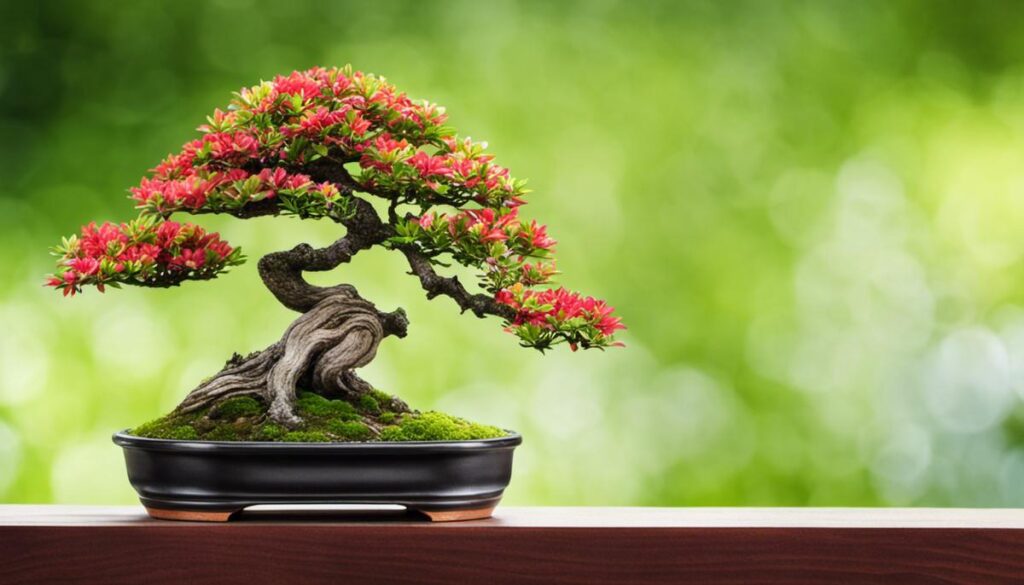
Understanding Bonsai: What It Is and Where It Comes From
Bonsai is a traditional Japanese art form that centers on the growing and aesthetic shaping of miniature trees in containers. The tradition has roots that trace back well over a thousand years. The term “Bonsai” itself means “planted in a container” in Japanese, symbolizing the crucial connection between the tree and the pot. Bonsai is not simply about cultivating small trees, but it’s a holistic form of art that fuses horticulture and aesthetics.
Exploring the Historical Significance of Bonsai
In ancient times, the art of Bonsai was held in high regard, often associated with nobility and considered a symbol of prestige and honor. This art form was initially developed in China before being carried over to Japan, where it evolved and became deeply ingrained in Japanese philosophy and spirituality. Over time, Bonsai has transcended its cultural boundaries to be appreciated and practiced widely worldwide.
Different Types of Bonsai
There are various types of Bonsai, categorized based on factors like size, shape, and species of tree. Sizes range from ‘Shito’ or ‘Keshitsubo’ (under 1 inch tall) through to ‘Dai’ or ‘Hachi-Uye’ (up to 48 inches tall). The shape of a Bonsai tree can allude to natural elements or stories such as windswept trees (Fukinagashi), literati (Bunjingi), and cascading trees (Kengai), among others. As for species, Bonsai can be created from nearly any tree or shrub species that produces true branches and can be cultivated to remain small through pot confinement.
Key Overall Needs of a Bonsai Tree
Most Bonsai trees share fundamental care requirements. These include:
- Sunlight: Bonsai trees require ample sunlight, with most types needing at least five to six hours of direct sunlight each day.
- Watering: The frequency and quantity of water will depend on the size of the pot, the species of the tree, and the climate, but the soil should always be slightly moist.
- Pruning: Essential for maintaining the tree’s shape and size. Regular pruning stimulates growth and is a vital element in the art of Bonsai.
- Repotting: Bonsai trees grow, albeit slowly, and will eventually outgrow their pots. Repotting is usually necessary every two to five years to replenish the soil and give the roots room to grow.
The correct care of a Bonsai tree calls for a mindful approach, much like the art of Bonsai itself. With a delicate balance of science and aesthetics, Bonsai cultivation is as rewarding as it is intricate.

Bonsai Tree Selection
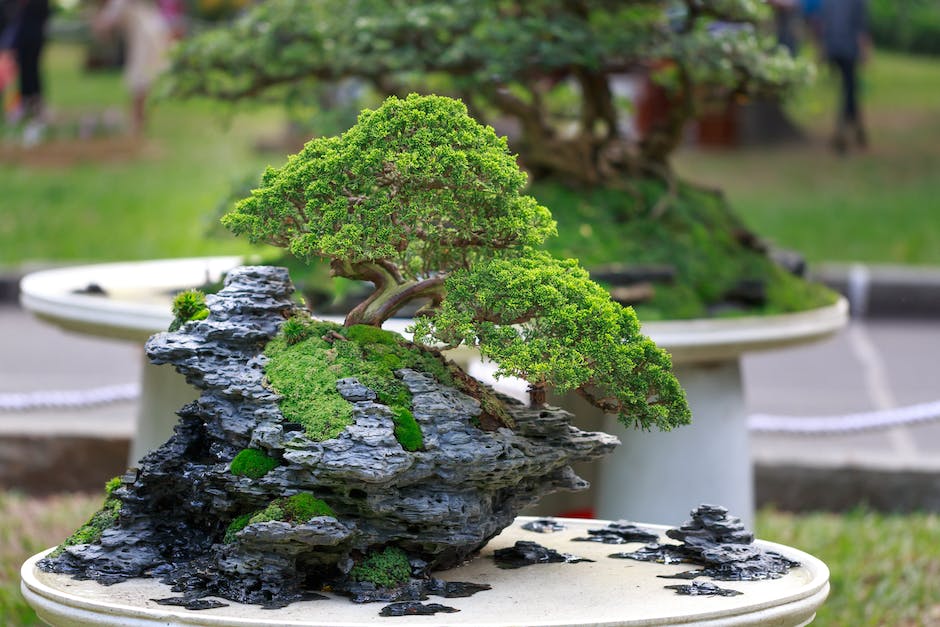
Selecting the Right Type of Bonsai Tree
There are various types of Bonsai trees available, each requiring different care levels. Some popular beginner-friendly choices include the Jade (Crassula ovata), Hawaiian Umbrella Tree (Schefflera arboricola), and the Japanese Juniper (Juniperus procumbens nana). Jade and Hawaiian Umbrella Trees are indoor bonsais, which are perfect for those without an outdoor space, while the hardy Japanese Juniper is suitable for both indoor and outdoor growing. Choose the type of tree that fits your living environment and the climate of your region.
Size and Age of Bonsai
Size is another critical factor. Bonsai trees from 6 inches to 2 feet are perfect for beginners. Smaller trees are easier to manage, while larger ones can prove difficult due to heavy watering and pruning needs. The age of a Bonsai can also impact a beginner’s experience. Young trees typically demand more care and precise conditions than older trees, which may have been pre-trained to withstand indoor environments.
Budget and Price
Price is a crucial determinant, particularly for beginners. The cost of a Bonsai tree depends on multiple factors, including its type, age, and size. A decent young Bonsai tree can be purchased for around $20 to $30, while older, more mature trees might cost hundreds or even thousands of dollars. As a beginner, opt for a less expensive tree to practice your skills before making a significant investment.
Your Level of Expertise
Your level of expertise is undoubtedly a major factor in selecting a Bonsai tree. If you’re a beginner, focus on a hardy variety that can withstand a learning curve. Some types are more forgiving than others when it comes to watering and sunlight requirements. Read up on the specific needs of each option and assess whether you can meet those conditions. For your first Bonsai, a forgiving, low-maintenance variety will give you room to learn and grow in skills.
Understanding Your Commitment Level
Bonsai trees require a certain level of commitment. They need consistent care, including regular watering, pruning, re-potting, and sometimes, even wiring to shape the branches. Thoroughly research the needs of your chosen type of Bonsai before purchase and honestly determine if you can provide the necessary care. Bonsai tree care is not simply a hobby, it’s a long-term commitment. Make sure you are ready and willing to invest the time and effort required.
Bonsai Tree Care
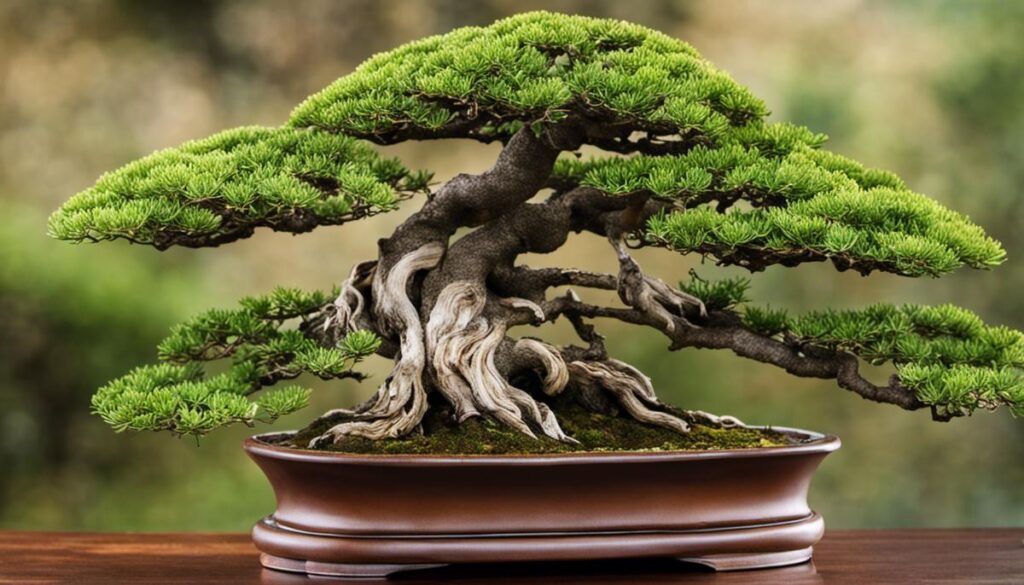
Understanding Bonsai Tree Care Basics
Bonsai trees, with their compact size and symbolic charm, captivate enthusiasts worldwide. Yet, these unique miniatures demand specific care to flourish. The basics of bonsai tree care encompass watering, fertilizing, proper positioning for sunlight and temperature, and knowing how and when to prune.
Watering Your Bonsai Tree
Watering is a fundamental duty in bonsai tree care. The frequency of watering depends largely on the species, size, soil, and environmental conditions. A general rule of thumb is to check the soil’s top layer. If dry, it’s time to water. Thorough watering is essential – water should be trickling out of the drainage holes. However, caution against over-watering to avoid root rot.
Fertilizing Your Bonsai Tree
Just like all living things, bonsai trees require nutrients to grow. As it lives in a small amount of soil, regular fertilizing becomes crucial for nutrient replacement. Typically, bonsai trees need a balanced, slow-release fertilizer, something with an NPK ratio of around 10:10:10. Fertilizing can be done every two weeks during the growing season (spring and early fall).
Proper Positioning for Sunlight and Temperature
Sunlight, best if it’s indirect, is vital for your bonsai tree’s photosynthesis process. Most indoor species thrive in bright, indirect sunlight. For outdoor species, morning sun with some shade in the afternoon works best. Most bonsai trees prefer a steady temperature between 60-75°F. Sudden changes or extremes in temperature could harm their growth.
Pruning Your Bonsai Tree
Pruning serves two purposes: maintenance and styling. Maintenance pruning helps restrict size, maintaining the miniature nature of the bonsai tree. Styling pruning aims to create and enhance the tree’s aesthetic shape. Both types are ongoing tasks in bonsai care. Seasonally, target mid-summer for growth pruning and mid-winter for structural pruning.
Understanding Seasonal Care
Bonsai trees, like their larger counterparts, have seasonal needs. During spring and fall, the focus should be on growth and maintenance, including regular watering and feeding. In contrast, during winter and summer, the goals shift to preserving health and mitigating stress, often by moving them to controlled environments or shaded spots.
Caring for a Bonsai Tree
Caring for a bonsai, isn’t merely looking after a plant. It’s an ongoing relationship between nature and the grower. By understanding the basics of bonsai tree care, you can ensure your little tree thrives, bringing you years of beauty and satisfaction.

Troubleshooting Bonsai Issues
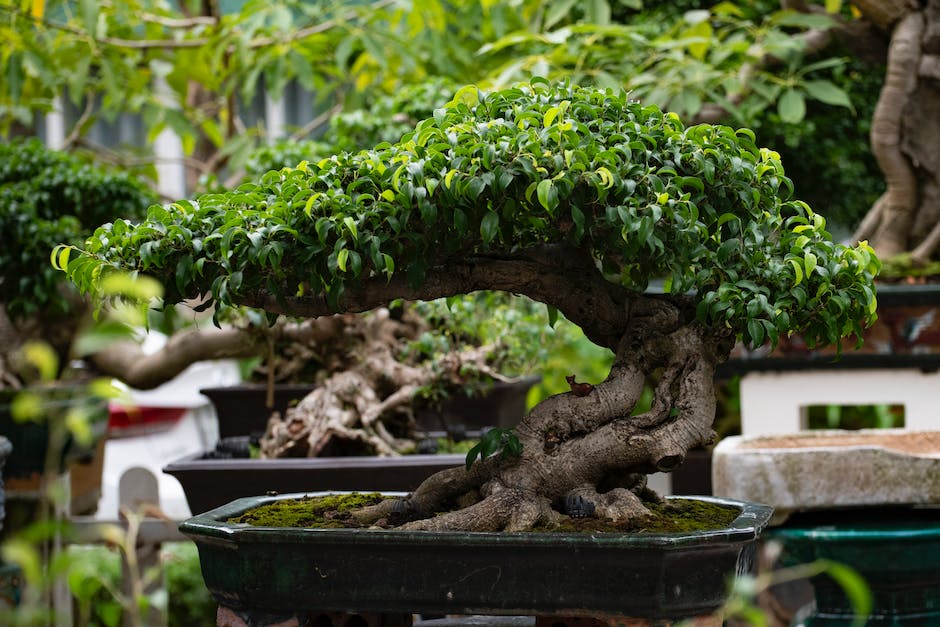
Recognizing Common Bonsai Tree Issues
Whilst bonsai trees may seem intimidating due to their intricate designs and unique care requirements, with proper knowledge and care, anyone can foster a healthy bonsai. One key to successful bonsai care is recognizing common bonsai tree problems, as they can signal the need for intervention. Wilting leaves, discoloration, and unhealthy trunks are a few signs of trouble in a bonsai.
Hydration and Nutrient Imbalances
Overwatering or underwatering is a frequent issue with bonsai trees. Overwatering leads to root decay and yellowing leaves, while underwatering may result in leaf browning and falling. Maintaining a balance is fundamental—ensuring the soil is damp, but not oversaturated, is ideal.
Nutrient imbalance can also manifest in leaf discoloration, wilting, or abnormal growth patterns. Regular fertilization with a balanced bonsai fertilizer can help control nutrient levels. Nitrogen, phosphorus, and potassium, crucial for growth, should be included in your chosen fertilizer.
Bugs and Pests on Your Bonsai Tree
Bugs and pests can cause significant damage. Common invaders include aphids, scale insects, and spider mites. Aphids, small and typically green, suck plant sap and can wilt and yellow leaves. Scale insects, appearing as small bumps on the leaf surface, can weaken the plant over time. Spider mites, although hard to see, can cause yellowing and speckling on leaves. To combat these pests, use a bonsai safe insecticide spray, or employ natural predators into the environment, such as ladybugs.
Fungal and Bacterial Diseases
Fungal and bacterial diseases are also harmful. Brown spots on leaves may be indicative of fungal infections. A white, powdery substance can denote powdery mildew—a fungal disease. Bacterial diseases, like bacterial leaf spot, create water-soaked spots that eventually turn black.
For fungal issues, remove affected leaves and treat the tree with an anti-fungal spray. For bacterial issues, pruning away affected areas can help, followed by treatment with a bactericide.
Adapting to Temperature Shifts
Adapting to temperature changes can be hard for bonsai trees. High temperatures can cause wilting, scorched leaves, or excessive water loss, while freezing can damage or kill the tree. Keeping your bonsai in a position where they’ll receive appropriate sunlight and protection from harsh weather is crucial. Bonsai should be moved inside during freezing weather, and likewise, they should be protected during high heat.
Recovering from Pruning Mistakes
Improper pruning can harm a bonsai, causing die-back, weak growth, or unsightly scars. Proper technique involves making clean cuts close to the trunk, careful not to tear the wood. If mistakes occur, it’s possible to support recovery by not re-pruning the area right away, fertilizing the tree, and maintaining optimal watering practices.
Learn to identify and respond effectively to these common bonsai issues, and with careful observation and care, you’ll be able to maintain the health of your bonsai tree over its long lifetime.
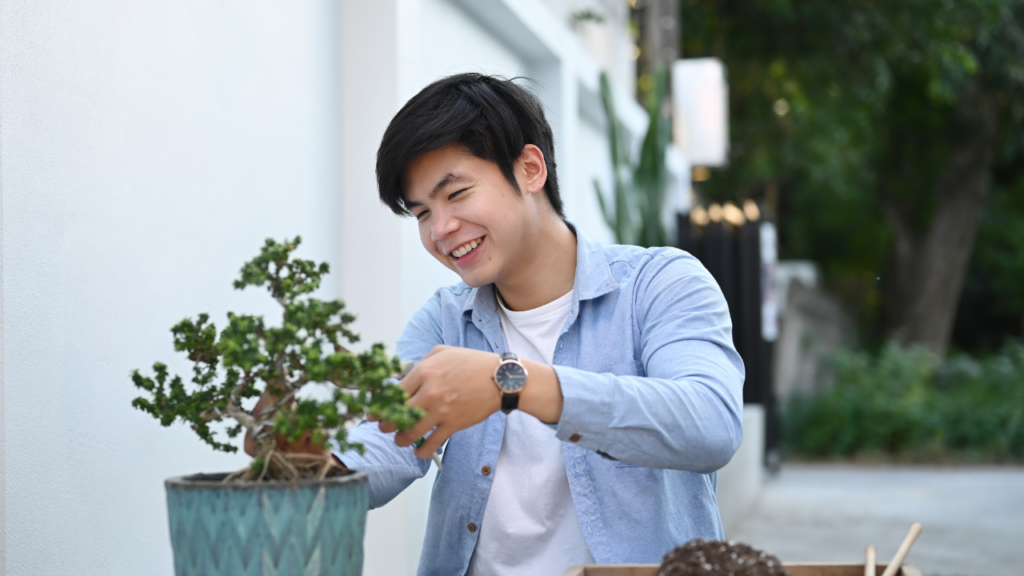
After exploring the journey and life of a bonsai, one can see that cultivating bonsai trees is not just gardening, but an art form that requires attentiveness, patience, and dedication. This journey from selecting the right variety of tree for your expertise level to understanding the basic bonsai care techniques and troubleshooting common issues, truly portray the immersive nature of this hobby. As you embark or continue this bonsai journey, may this knowledge serve as a beacon – enlightening the path towards your own bonsai masterpiece. Remember, more than producing a perfect bonsai, the essence of this art is the bond you create with your tree and the tranquility and fulfillment you find in it.
